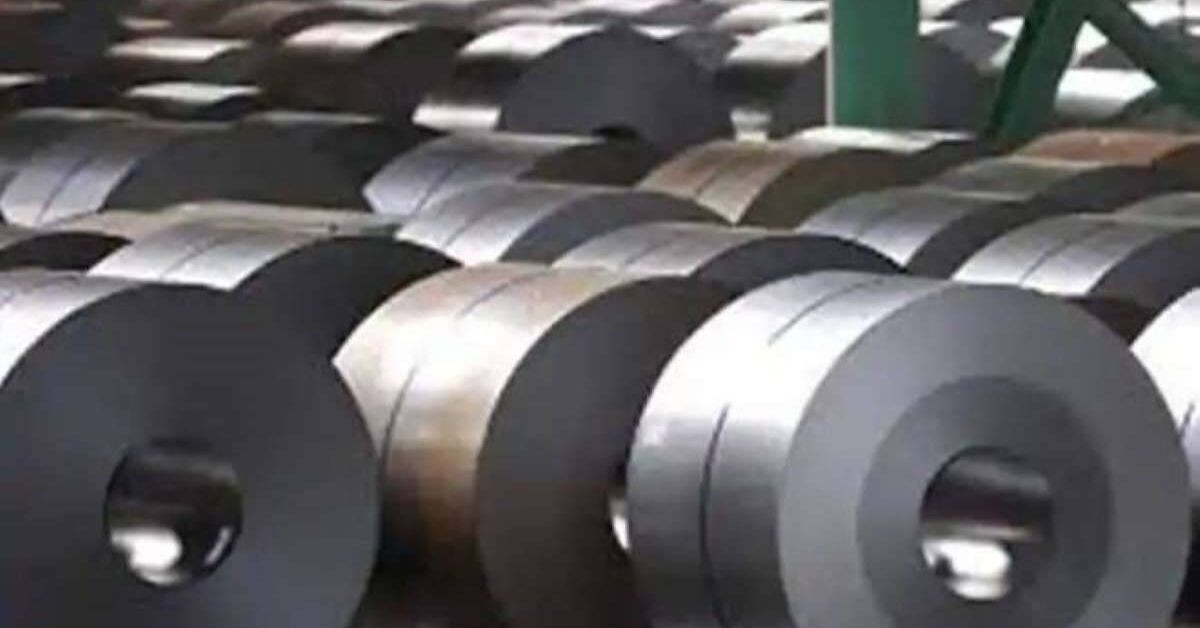Gone are the days when Indian industry had primarily confined its activities within the boundaries of the country by restricting import flows through a high tariff wall and not encouraging the industry to make its presence felt in the global market. This inward looking approach had deprived the industry of multifarious aspects of quality improvement and cost competitiveness in terms of technology, productivity, capacity augmentation and skill development.
The last few years, however, witnessed a paradigm shift in the government policies to address some of the issues affecting competitiveness. The major plank of the concept of Atmanirbhar Bharat is the ability of the indigenous industry to widen the scope of its activity beyond the contours of domestic market and gradually enter the Global value chain.
The increasing capability of the domestic industry to meet the local requirement by infusion of new technology in association with foreign partners (in a few cases) that resulted in availability of more value added products and even enhancement of capacities, distinctly points to a new chapter in India’s industrialisation and it need not be confused with mandatorily reducing imports which may be the outcome of this endeavour. The recent trade data on steel stand out a specific example of this.
During the first eleven months of the current fiscal, total steel imports to India reached 4.5 MT which is 33% lower compared to last year, while total steel exports stood at 15.6 MT exceeding last year’s level by nearly 50%, thereby making India a net exporter of 10.1 MT. At this rate, India may end FY21 with a total export of around 17.0 MT, a record by any standard. In the commodity sector, India has attained the status of a global player in steel.
Two interesting aspects of this development must be mentioned. For the last few years, South Korea and Japan, the FTA partners with India, became the real beneficiaries of Indian steel import, replacing China, and together their share in total steel imports reached more than 60%. During the current fiscal, the share of these two countries is nearly 50%. China, which in FY16 to FY17 took the major share of total steel imports to India, is currently supplying nearly 17-18% of the total imports. Add to this imports from other countries by change of origin from China.
Major import categories under non-alloy variety indicate rerolling/drawing grades, line pipes, medium/high tensile structural in HRC and plate, drawing/forming grades, high strength,full hard in CRC, galvalume, pre-painted GP, alum Zn coated sheet under coated variety, and CRNO (non-grain oriented) and CRGO (grain oriented) sheets under electrical steel category.
More than the capability of indigenous sources, it is the price (domestic prices bear high logistic costs) and tied up imports are the other reasons for continuing imports. Thyssen group has set up facilities in India (Nasik, Maharashtra) for CRGO steel and has been given full duty exemption for import of appropriate grade of HRC in this year’s Budget till such time indigenous capabilities are created for supply of HRC.
Alloy and stainless steel import that contains around 31% of total steel import has reached 1.4 MT in the first 11 months of the current fiscal, China is the prominent source (nearly 37.5% of the total imports in this category), a major part of this imports belong to auto components.
This is followed by South Korea (20%) and Japan (10%). Other import sources for Alloy/SS are Austria, Indonesia and Vietnam.
Alloy bars, tool steel, spring steel, bearing steel, wear resistant steel, high strength alloy are the prime categories in imports which can be grouped under forging, bearings, tubes, cold heading quality, tool and die categories.
For SS group non-availability of Austenitic SS (HRC/CRC), Tube/Pipe forming grades, SS Plates >44mm, HRC > 1250mm width and high quality requirements (better finishing, less pitting issues etc) from indigenous sources are the major reasons for imports.
As both Alloy and SS grades are predominated by Small and Medium enterprises, it is challenging to improve quality upgradation to make their products conforming to rigorous standards maintained by their global counterparts.
There are two more challenges. Imports from ASEAN countries (13 of them) with whom India has signed FTAs (zero import duties) are increasing, some of which are rerouted from China. Secondly, indirect imports containing Alloy and SS are increasing. Indian capital goods industry must develop indigenous capability to produce these goods made from value added products from domestic sources. Thirdly, advance certification is required for alloy and SS supply by the domestic manufacturers to defence, aerospace, automobile, oil and gas and marine segments.
On the export front, Indian steel industry has widened the country coverage from China (22%) to Vietnam (21%), the UAE (8%), Italy (8%), Nepal (7%) in finished steel.
Source : Financial Express








